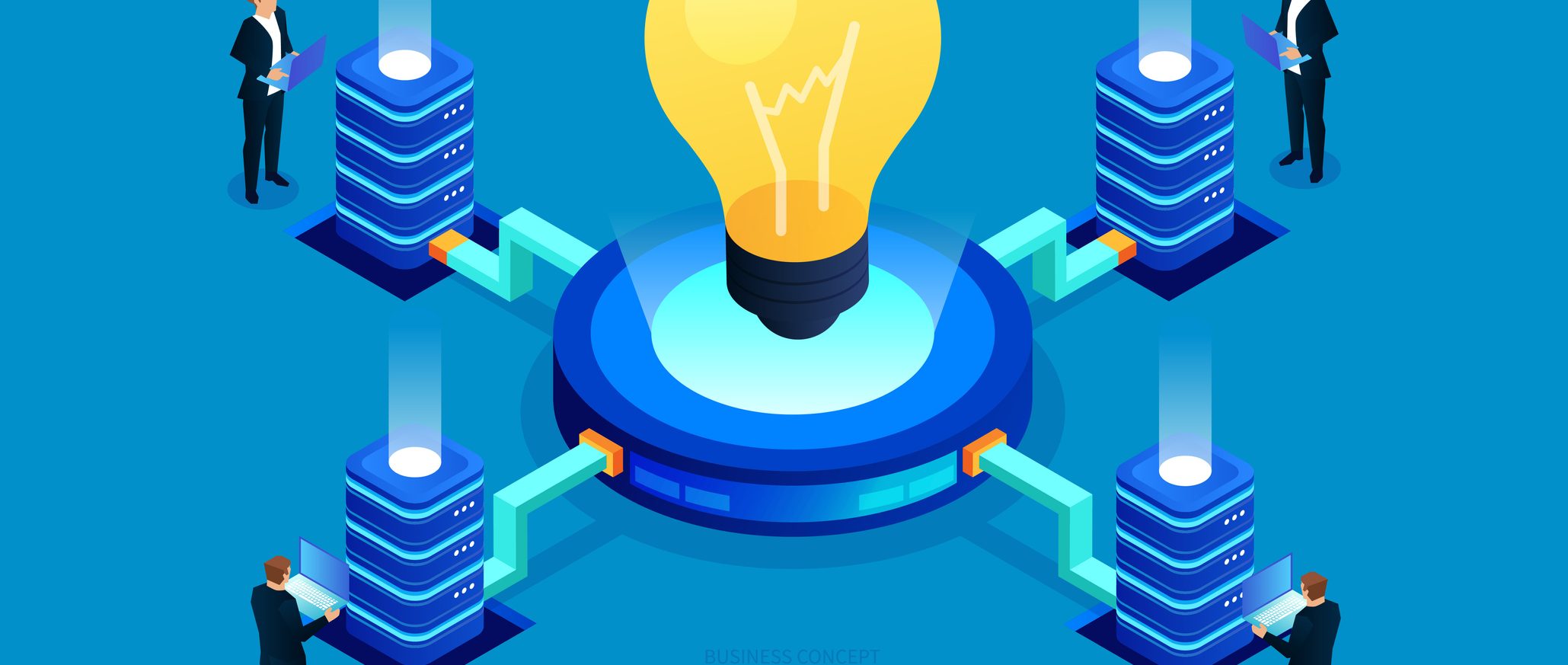
As many organisational budgets continue to decrease and online security risks rise, IT leaders will look towards integrated solutions that support business continuity and drive innovation.
Nexon has identified three ways that IT leaders can encourage business innovation while maintaining stable business operations and improving the security posture for their organisation.
1. Boost business efficiencies
In most modern workplaces, non-technical efficiencies and streamlined processes have likely gone as far as they can in terms of saving on costs and positioning the business for growth. However, IT is the key function that can continue to boost business efficiencies and provide a platform for innovation. And, because IT will continue to evolve, technology’s capacity to boost business efficiencies could well be limitless in the long term.
With the workplace becoming more agile, flexible and remote, digital workflows and automation make once time-consuming manual tasks more seamless, freeing up employees to think more about high-value work than focus on the processes that underpin their roles.
Managed cloud solutions can help boost business efficiencies and reduce costs by simplifying complex data management challenges, breaking down business silos and improving the employee experience, leading to increased employee satisfaction and staff retention.
These solutions also support innovation by accelerating time-to-market while simultaneously delivering proactive security and compliance processes that protect the organisation’s growing bank of intellectual property.
2. Provide a platform for collaboration
Innovation is built on collaboration. This becomes a challenge for organisations in a distributed workforce environment. Technology solves this, linking information and processes in one central platform that provides visibility and real-time collaboration capabilities for all employees across any location and on any internet-connected device.
Secure, managed cloud solutions let people access information and systems reliably, share information with each other, and communicate almost as seamlessly as if they were in the office alongside their colleagues. Even better, these solutions drive a distributed workforce in which location is no longer a barrier to employment, letting companies attract the best talent in the world. This lets businesses put together high-performing, purpose-specific teams that can collaborate across geographical boundaries. These capabilities will help drive innovation that will help build organisational resilience for the future.
3. Build organisational resilience
Once seen as a supporting function, in the new distributed work environment, IT has become firmly tied to business strategy and development. This means the role of the CIO and other technology leaders is of the utmost strategic importance, especially when it comes to building organisational resilience.
Resilience will be a key strategic aim in the near future as organisations face increasing risk of cyber-attacks, combined with the rapid change in online workplace tools. This means that IT leaders must stay one step ahead of the market to build and reaffirm their organisation’s resilience to external market impacts and cyber-threats.
IT leaders must encourage business innovation and protect the organisation’s security. The most effective way to do this is to partner with a services specialist that has in-depth insights into emerging IT tools and threats that may impact the organisation. To find out more, contact the Nexon team today.